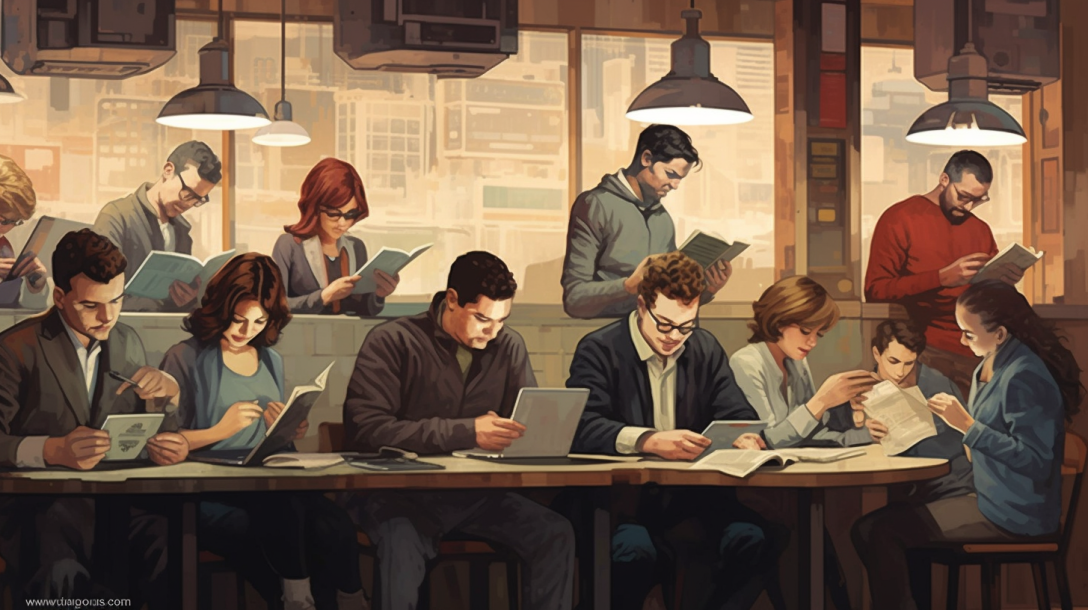Mastering Media Literacy: A Guide to Identifying Credible Sources and Understanding Bias

Introduction
In today’s digital age, the ability to navigate the vast sea of information available at our fingertips is more important than ever. This blog post will guide you through the essentials of media literacy, how to identify credible sources, and how to understand and consider the biases of these sources.
Understanding Media Literacy
Media literacy is the ability to access, analyze, evaluate, and create media in a variety of forms. In a world where we are constantly bombarded with information, media literacy equips us with the critical thinking skills necessary to understand and interpret this information effectively. It plays a crucial role in fostering informed citizens and a thriving democracy.
Identifying Credible Sources
A credible source provides reliable and trustworthy information. Here are some tips for identifying such sources:
- Check the author’s credentials: Look for their expertise and background related to the topic.
- Look at the source’s reputation: Established news organizations or academic institutions are often more reliable.
- Evaluate the quality of the content: Credible sources usually have well-written, error-free, and well-researched content.
- Cross-check information: Verify the information with other credible sources.
Examples of credible sources include peer-reviewed academic journals, established news organizations, and government websites.
Understanding and Identifying Bias
Bias is an inclination or prejudice for or against one person or group. In media, bias can significantly influence the information presented. Here are some types of bias to be aware of:
- Confirmation bias: The tendency to interpret new evidence as confirmation of one’s existing beliefs or theories.
- Media bias: The bias or perceived bias of journalists and news producers within the mass media.
To identify bias, look for unbalanced reporting, the use of loaded language, and the omission of certain perspectives or facts.
Fact-Checking: Your Tool Against Misinformation
Fact-checking is an essential part of media literacy. It involves verifying the accuracy of information. Reliable fact-checking websites include FactCheck.org, PolitiFact, and Snopes.
The Role of Social Media in Information Consumption
Social media platforms play a significant role in how we consume information. However, they can also be breeding grounds for misinformation and disinformation. Be critical of the information you encounter on these platforms and cross-verify before sharing.
Teaching Media Literacy to Others
Spreading media literacy skills is crucial. Share these tips and knowledge with others, especially children, to foster a more informed and discerning society.
Conclusion
Media literacy is a vital skill in today’s digital age. By identifying credible sources, understanding bias, and fact-checking, we can navigate the information landscape more effectively. Let’s practice and spread media literacy.
Additional Resources
For further learning about media literacy, consider these resources: